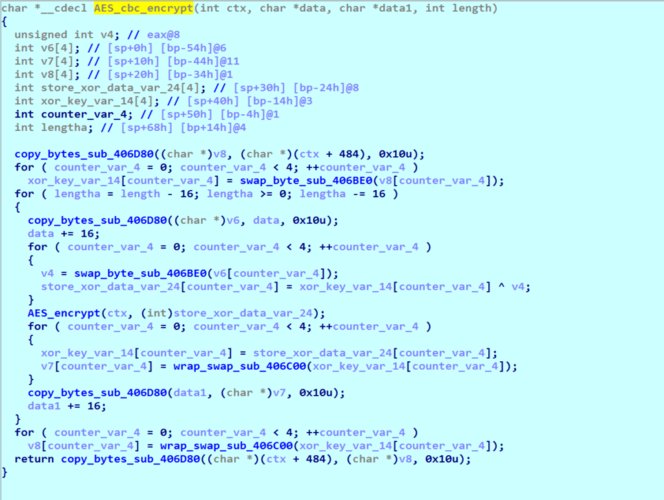
Dharma Ransomware: Understanding the Ethereal Threat
Dharma ransomware, also known as CrySiS, has been making waves in the cybersecurity landscape. As a ransomware variant, it encrypts your files and demands a ransom for their release. In this article, we will delve into the intricacies of Dharma ransomware, its impact, and the measures you can take to protect yourself.
What is Dharma Ransomware?
Dharma ransomware is a type of malware that encrypts your files and demands a ransom for their decryption. It is a part of the ransomware family known as CryptoLocker, which has been around since 2013. Dharma ransomware has evolved over time, with several variants being released, each with its unique characteristics.

How Does Dharma Ransomware Spread?
Dharma ransomware primarily spreads through phishing emails, malicious advertisements, and exploit kits. Cybercriminals often disguise their emails as legitimate messages from banks, government agencies, or other organizations. Once the user clicks on the malicious link or attachment, the ransomware is installed on their system.
Another method of spreading Dharma ransomware is through exploit kits, which are collections of software tools designed to exploit vulnerabilities in web browsers and other applications. Cybercriminals use these kits to deliver the ransomware to unsuspecting users.
The Impact of Dharma Ransomware
The impact of Dharma ransomware can be devastating. It can encrypt a wide range of files, including documents, photos, videos, and databases. This can lead to significant financial and operational losses for businesses, as well as emotional distress for individuals.
According to a report by Coveware, the average ransom demand for Dharma ransomware was $1,243 in the first quarter of 2020. However, this amount can vary depending on the variant and the severity of the attack.

How to Protect Yourself from Dharma Ransomware
Preventing Dharma ransomware attacks requires a multi-layered approach. Here are some tips to help you stay safe:
-
Be cautious of phishing emails. Do not click on suspicious links or attachments.
-
Keep your operating system and applications up to date with the latest security patches.
-
Use strong, unique passwords for all your accounts.
-
Backup your files regularly and store them in a secure location.
-
Use reputable antivirus and anti-malware software to protect your system.
Decrypting Your Files
If you have fallen victim to Dharma ransomware, there are a few options you can consider:
-
Pay the ransom. This is not recommended, as there is no guarantee that you will receive the decryption key.
-
Use a decryption tool. There are several free decryption tools available online, but they may not work for all variants of Dharma ransomware.
-
Seek professional help. Cybersecurity experts can help you recover your files and remove the ransomware from your system.
Table: Dharma Ransomware Variants and Their Characteristics
| Variant | Encryption Algorithm | Ransom Demand | Notable Features |
|---|---|---|---|
| Dharma | Custom encryption algorithm | $500 – $1,243 | Random file extension |
| CrySiS | Custom encryption algorithm | $500 – $1,243 | Random file extension |
| Locky | Custom encryption algorithm | $500 – $1,243 | Locky email campaign |
| Spotify | Custom encryption algorithm | $500 – $1,243 | Spotify-themed ransom note |
In conclusion, D



